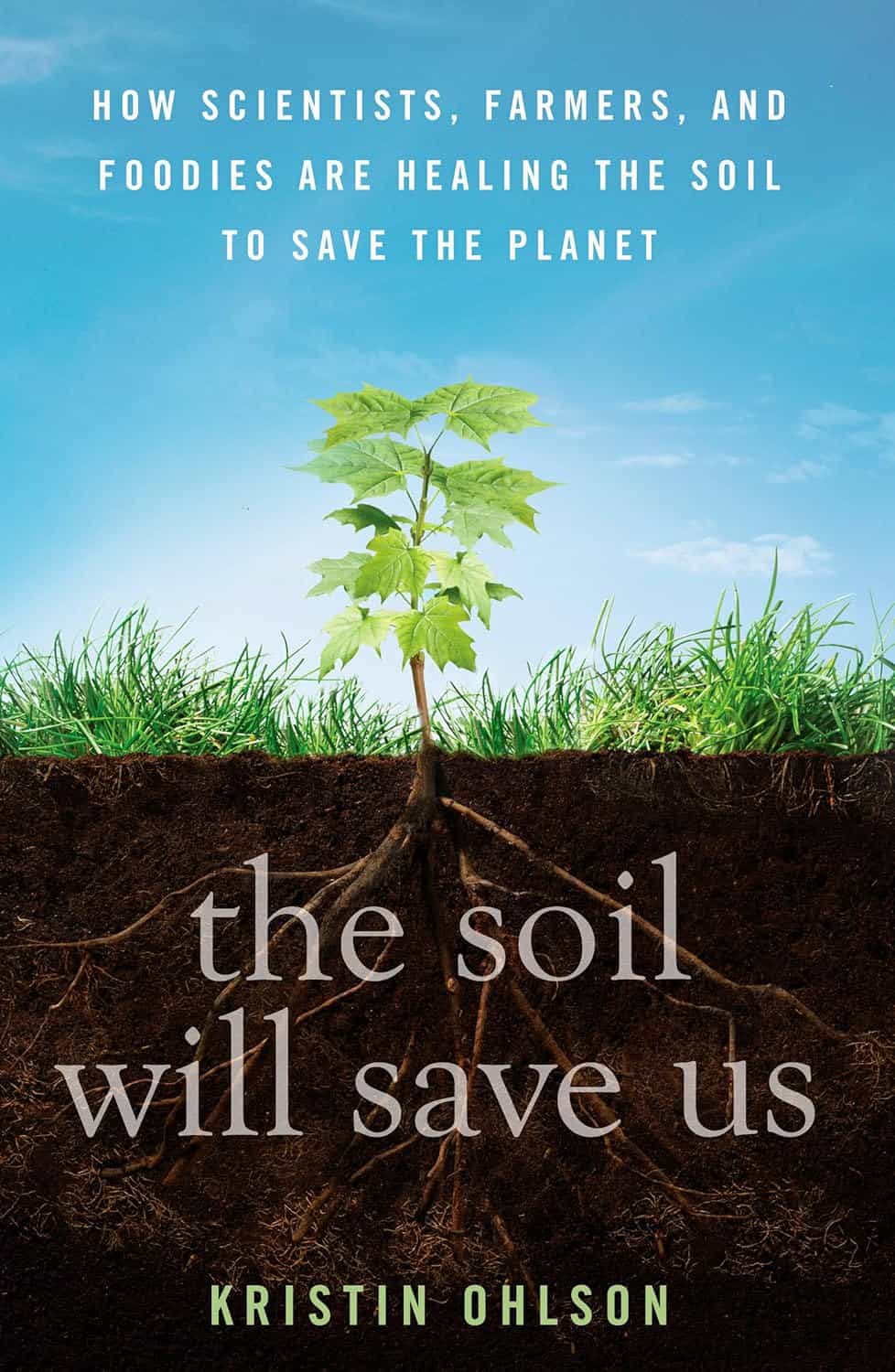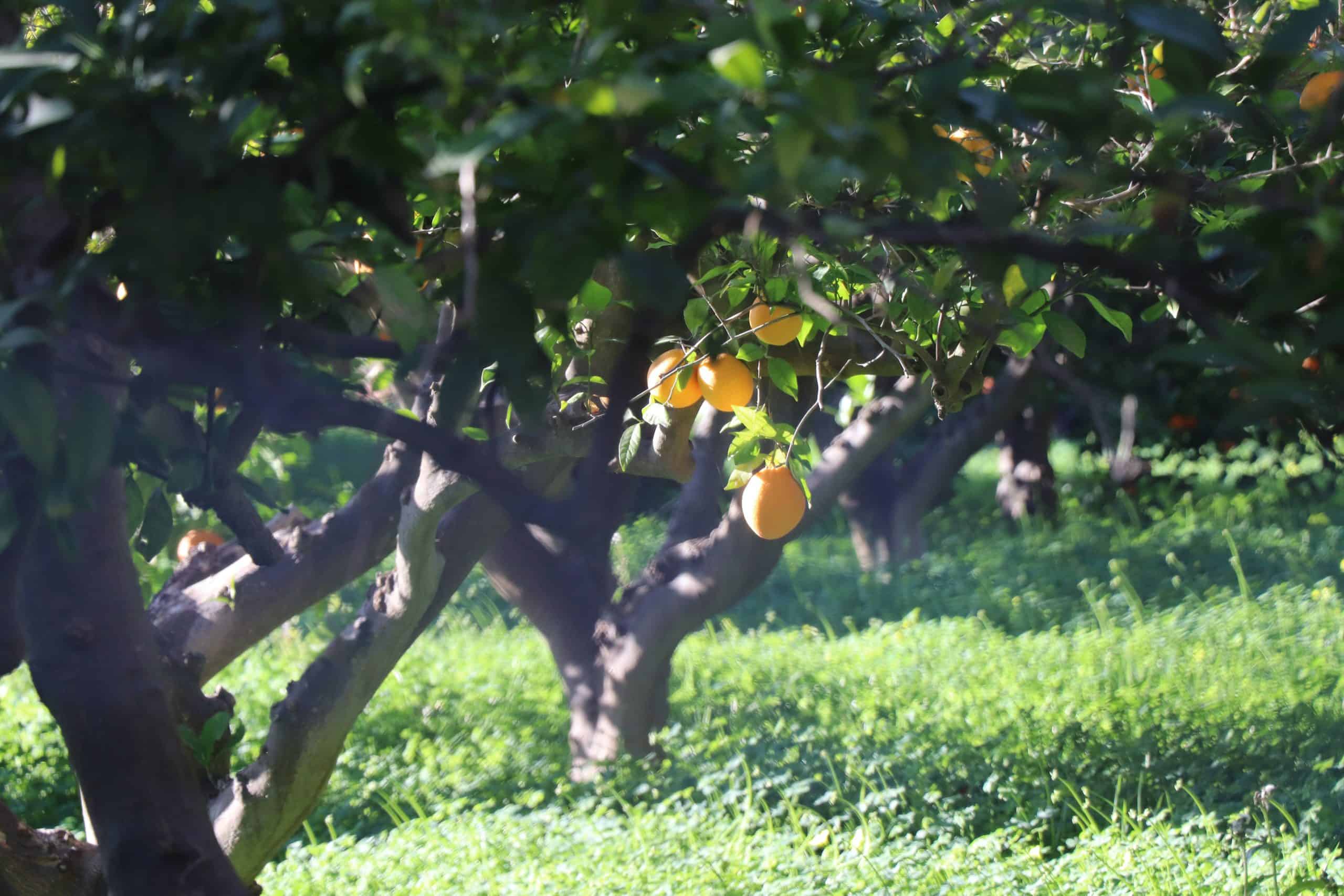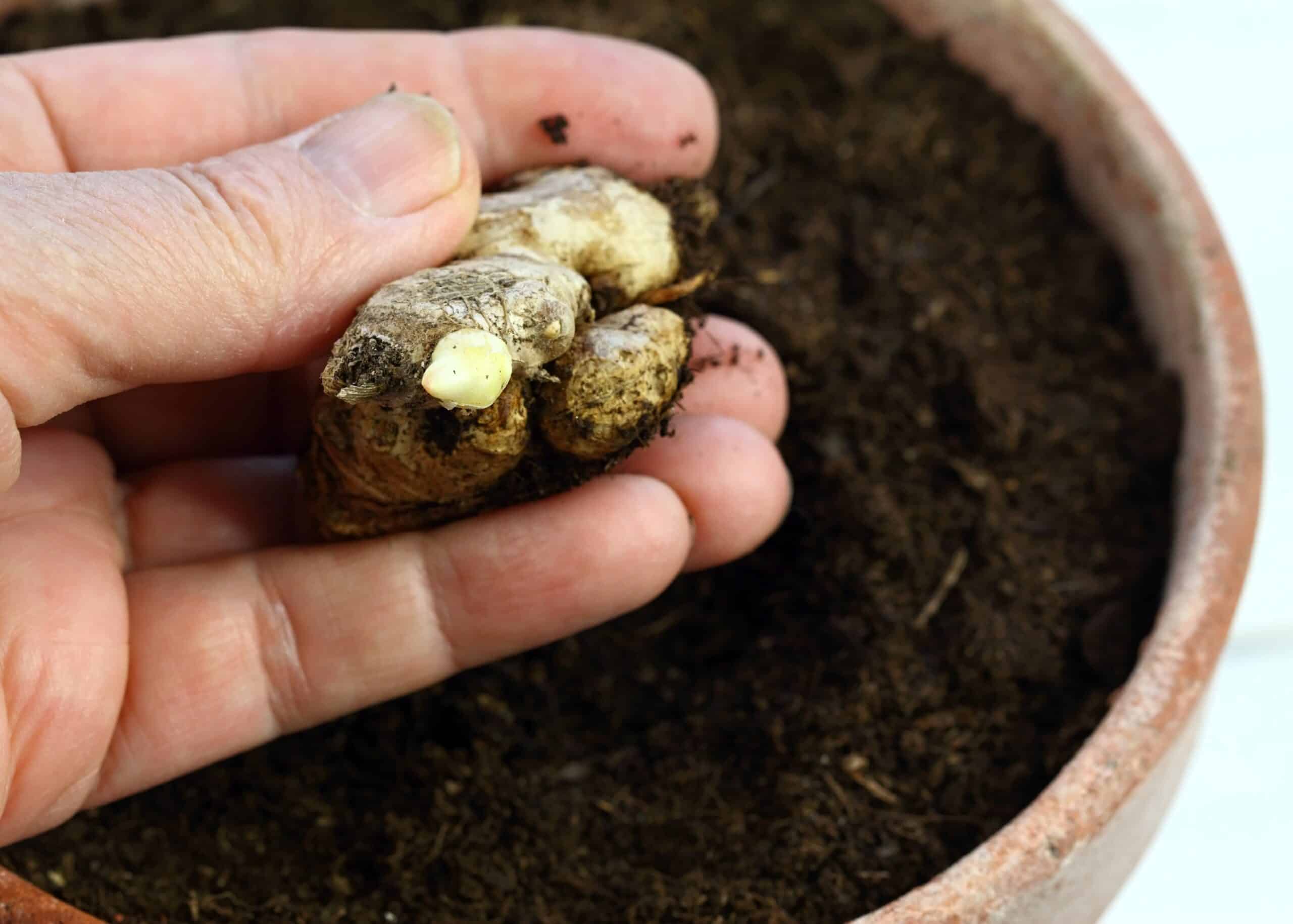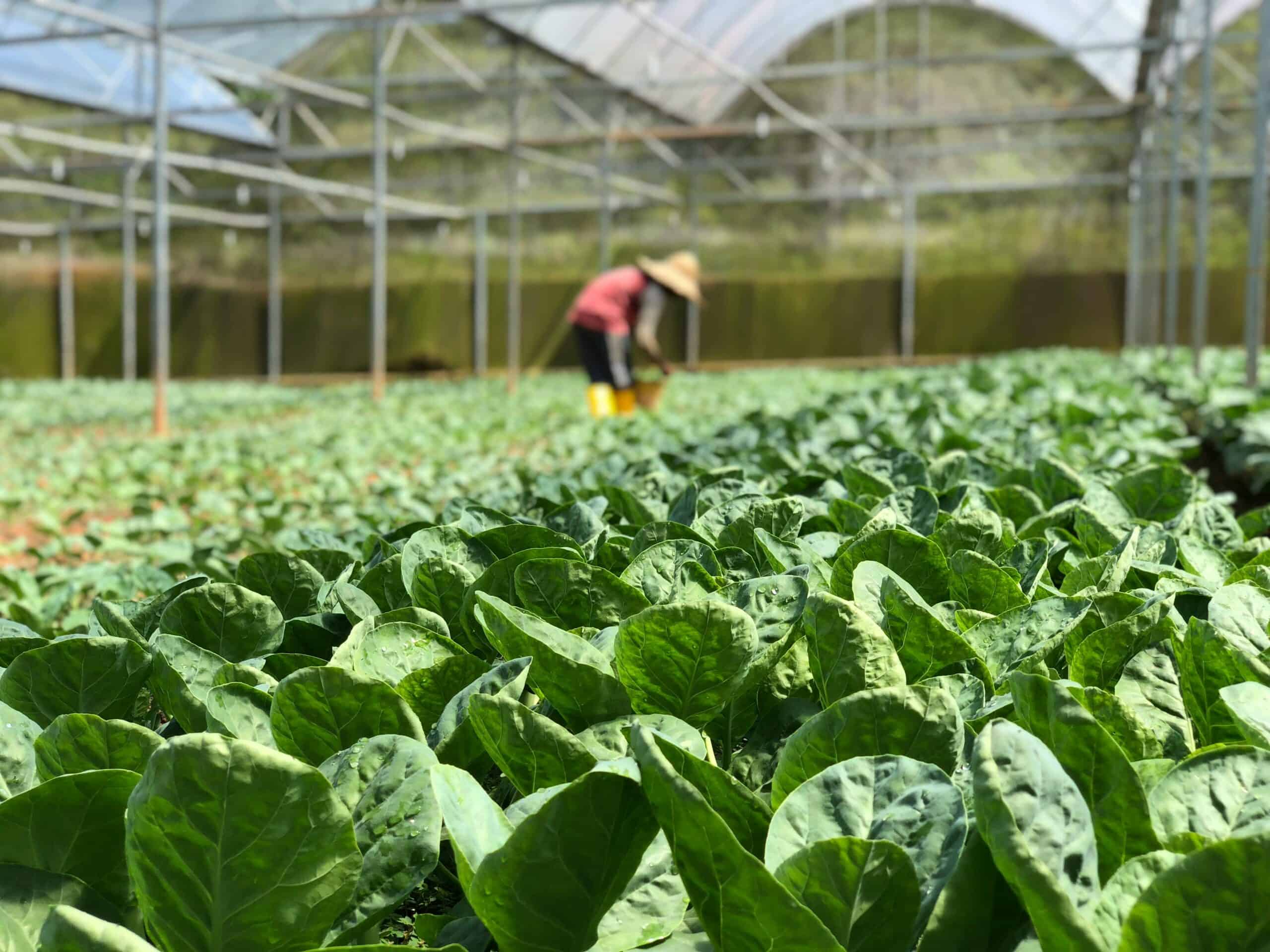Depleted Soils Deplete You: The Critical Link Between Soil Health and Human Health
In our fast-paced, modern world, it’s easy to overlook the intricate web connecting our food, our health, and the health of the soil beneath our feet. This connection is fundamental to our well-being. Depleted soils lead to depleted bodies, and understanding this relationship is key to fostering a healthier planet and healthier people. This post delves into the importance of nutrients and vitamins to the human body and explores why building healthy soils in a regenerative agriculture setting is crucial for maintaining this vital connection.
The Nutrient-Body Connection
Our bodies rely on a diverse array of nutrients and vitamins to function optimally. These essential elements play various roles, from building strong bones and muscles to supporting our immune systems and cognitive functions. Key nutrients such as calcium, magnesium, iron, and vitamins A, C, D, and B12 are crucial for maintaining health and preventing diseases.
However, the quality of these nutrients depends heavily on the soil in which our food is grown. Plants absorb minerals and nutrients from the soil, and when the soil is deficient, the plants—and consequently, our diets—become deficient too. This leads to a cascade of health issues, as our bodies are deprived of the necessary building blocks for optimal health.
The State of Modern Agriculture
The State of Modern Agriculture
Conventional agriculture often focuses on maximizing yields and profits, sometimes at the expense of soil health. Practices such as monocropping, excessive use of chemical fertilizers and pesticides, and over-tilling degrade soil quality. These methods strip the soil of its natural nutrients and disrupt the delicate balance of microorganisms essential for soil fertility.
The result is soil that lacks vital nutrients and organic matter, leading to weaker plants and reduced nutritional content in our food. Studies have shown a significant decline in the nutrient density of fruits and vegetables over the past few decades, a trend directly linked to soil depletion. To explore sustainable solutions and understand more about the importance of soil health, check out
Regenerative Agriculture: A Path to Healthier Soils
Regenerative agriculture offers a promising solution to the problem of soil depletion. This approach emphasizes restoring and enhancing soil health through practices that work in harmony with nature. Key principles of regenerative agriculture include:
- Diverse Crop Rotations: Planting a variety of crops in succession helps maintain soil fertility and disrupts pest cycles.
- Cover Cropping: Growing cover crops during off-seasons protects the soil from erosion, improves soil structure, and adds organic matter.
- Reduced Tilling: Minimizing soil disturbance preserves soil structure and promotes a healthy soil microbiome.
- Composting: Adding organic matter through compost enriches the soil with essential nutrients and supports beneficial microorganisms.
- Agroforestry and Permaculture: Integrating trees and shrubs into farming systems enhances biodiversity and improves soil health. We cover it all from A-Z in our introduction to sustainable agriculture
The Benefits of Healthy Soils
Healthy soils lead to healthier plants, which in turn lead to healthier people. When soils are rich in organic matter and nutrients, they produce crops with higher nutrient densities. This means that the food we eat is packed with the vitamins and minerals our bodies need to thrive.
Moreover, healthy soils are more resilient to climate change, better at retaining water, and less prone to erosion. This resilience ensures a more stable and sustainable food supply, benefiting both the environment and our health. The key is to start by understanding and testing our own soil and seeing the impacts of the cahgnes we’ve implemented right before our eyes. I use this soil tester which is simple and effective and comes with 100 test strips for an easy start.
Taking Action
As consumers, we can support regenerative agriculture by choosing to buy from farmers and producers who prioritize soil health. Look for labels such as “organic,” “regeneratively farmed,” or “biodynamic” when shopping for food. Additionally, consider starting your own garden and implementing regenerative practices at home. Composting kitchen scraps, planting diverse crops, and avoiding synthetic chemicals are small steps that can make a big difference. check out Mapping Out Your Year: A Guide to Crop Rotation
Conclusion
The connection between soil health and human health is undeniable. Depleted soils lead to depleted bodies, but by embracing regenerative agriculture, we can restore the vitality of our soils and ensure a healthier future for ourselves and the planet. By prioritizing nutrient-rich, sustainably grown food, we nourish our bodies and contribute to the well-being of our environment. Remember, healthy soils mean healthy people.







